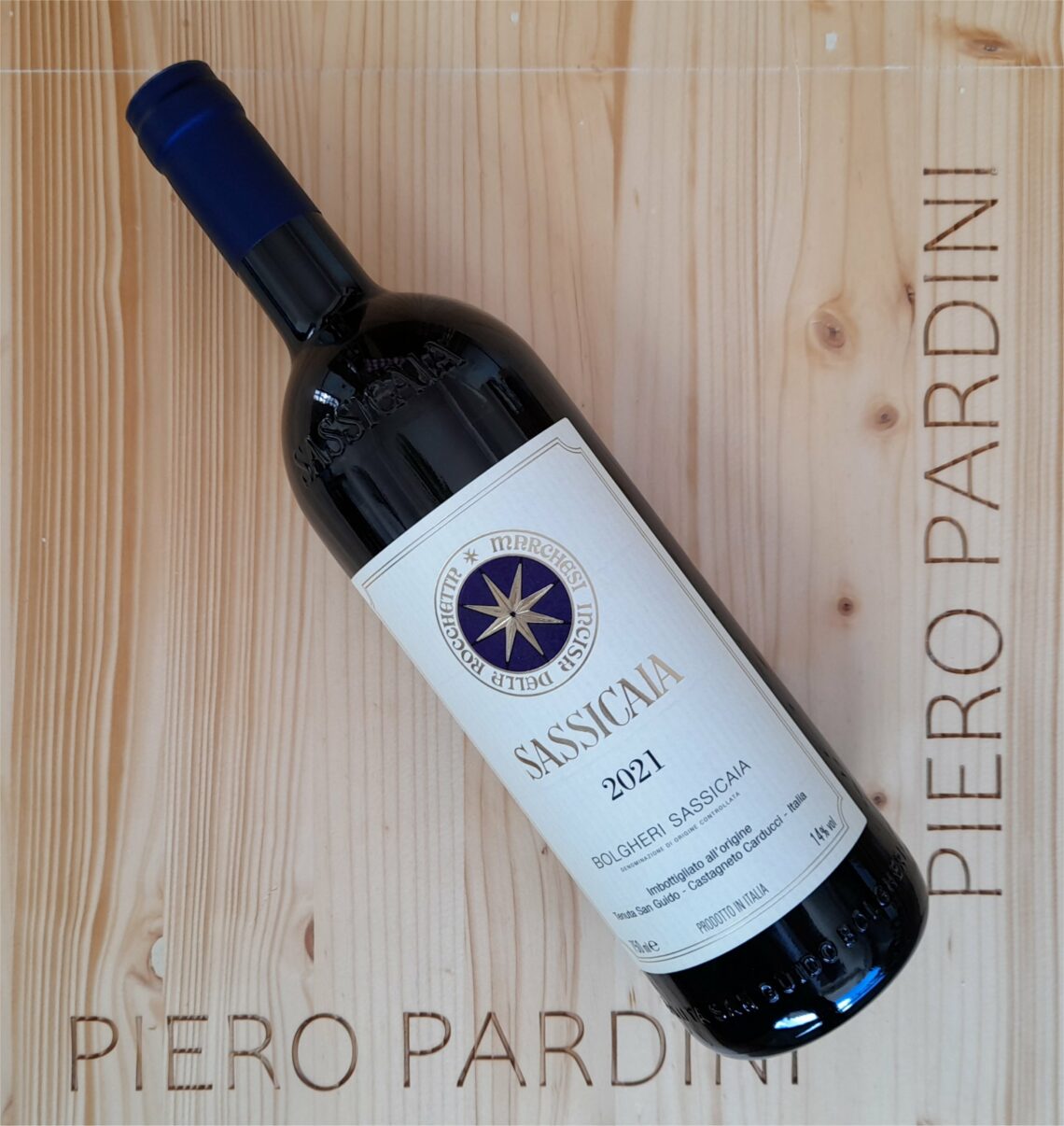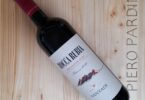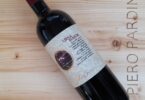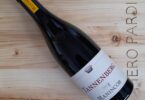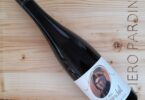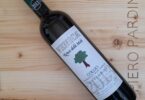Wine: Sassicaia
Variety composition: Cabernet Sauvignon, Cabernet Franc.
Denomination: D.O.C. Bolgheri Sassicaia (D.O.C. Sassicaia).
Alcoholic strength: 14% vol.
Vintage: 2021.
For the full review Piero Pardini Wine Reviews.
—
Other company labels in Wine Guide
—
Società Agricola C.I.T.A.I. S.p.A.
Loc. Capanne, n. 27
57022 Bolgheri – Livorno – TUSCANY – ITALY
Phone +39 0565 762003
E-mail: info@sassicaia.com
Website: www.tenutasanguido.com


